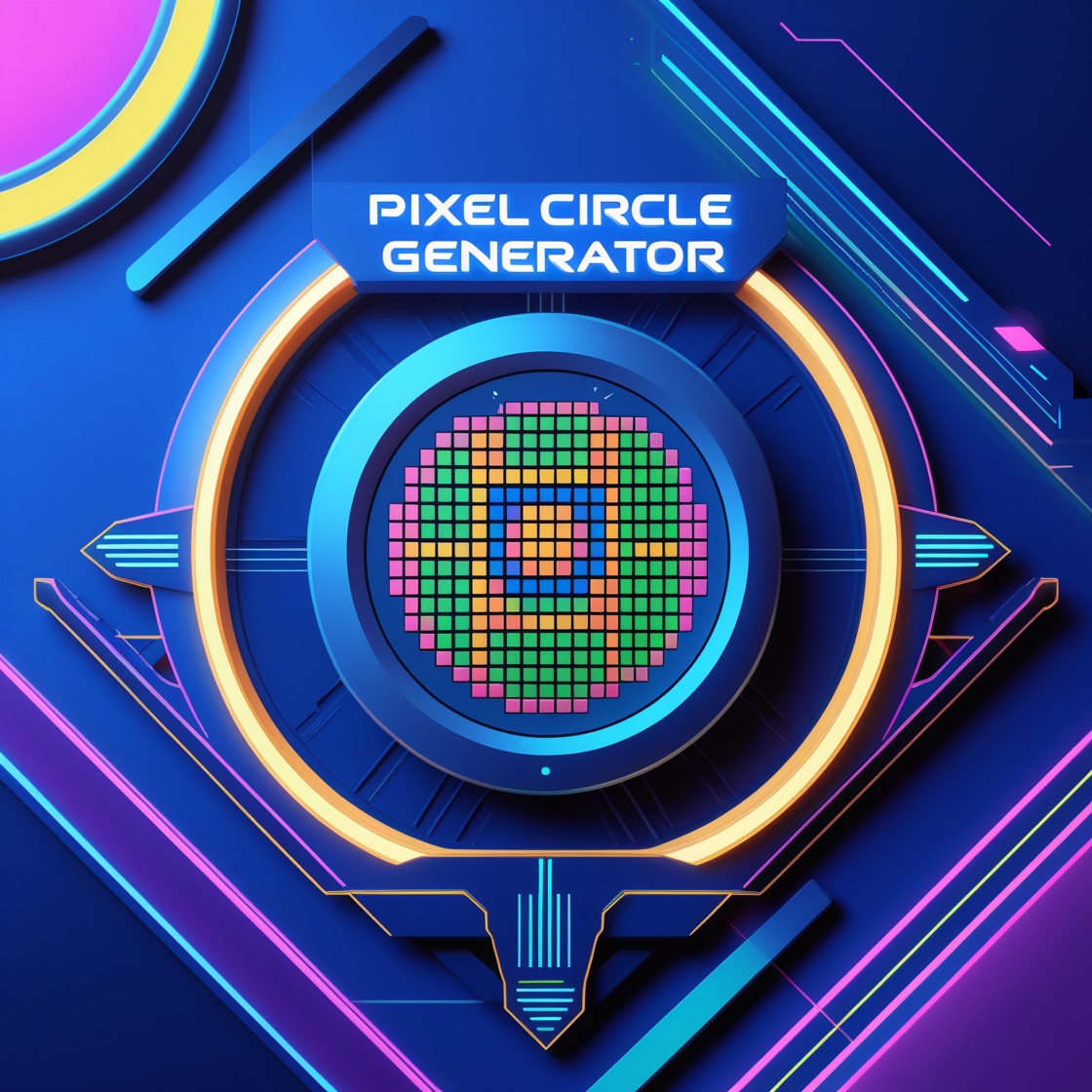Creating an excellent circle in a pixel-based surroundings is extra complicated than it could appear. Since virtual screens are made from rectangular pixels, replicating the easy curves of a real circle requires a considerate and strategic technique. Unlike vector portraits that use mathematical precision to shape flawless curves, pixel circles rely upon cautiously placed rectangular units to visually mimic roundness. This approach performs a important position in digital art, person interface layout, recreation development, and other pixel-pushed packages—where each pixel counts towards accomplishing visible stability and readability.
A Brief History: The Evolution of Pixel Circles within the Digital Era
Early Computing: The Limitations of Primitive Graphics
In the earliest days of virtual computing, graphical output become drastically restricted by way of the constraints of available hardware. Display displays had extremely low resolutions, and plenty of systems couldn’t even help coloration. Within those strict obstacles, rendering a simple circle turned into a tremendously complicated challenge. Developers and digital artists needed to rely on foundational mathematics and logical plotting to approximate circular bureaucracy using handiest rectangular-shaped pixels. In a few instances, even ASCII symbols were used to simulate curves on monochrome or textual content-based monitors. Achieving a visually balanced circle beneath these conditions required both creativity and technical precision—every pixel mattered.
The Pixel Art Boom: Innovation within the Golden Age of Gaming
The Nineteen Eighties marked a turning factor for pixel pictures with the speedy growth of arcade video games and home consoles. Circles became a distinguished layout detail—used for everything from character features like eyes and wheels to in-recreation icons inclusive of cash, fitness meters, and buttons. Beyond aesthetics, those shapes served purposeful functions by way of assisting gamers fast understand visible cues and game mechanics. As images processors superior and improvement tools have become extra sophisticated, designers commenced applying algorithmic techniques to produce extra symmetrical and steady pixel circles. This generation delivered each artistic freedom and improved rendering great, making circular elements a general throughout countless recreation titles.
Modern Tools and Accessibility: A New Era of Digital Design
With the rise of the internet and the open-source motion during the 2010s, pixel art experienced a sturdy revival. Modern internet-based totally gear and structures started out imparting powerful functions that democratized get admission to to virtual design. Artists, educators, and builders should now generate unique pixel circles immediately in their browsers—no advanced coding required. These equipment regularly include real-time previews, customization options, and clean export talents, streamlining the design manner for experts and novices alike. What as soon as required in-intensity programming knowledge can now be accomplished with only some clicks, making extraordinary pixel layout extra accessible than ever earlier than.
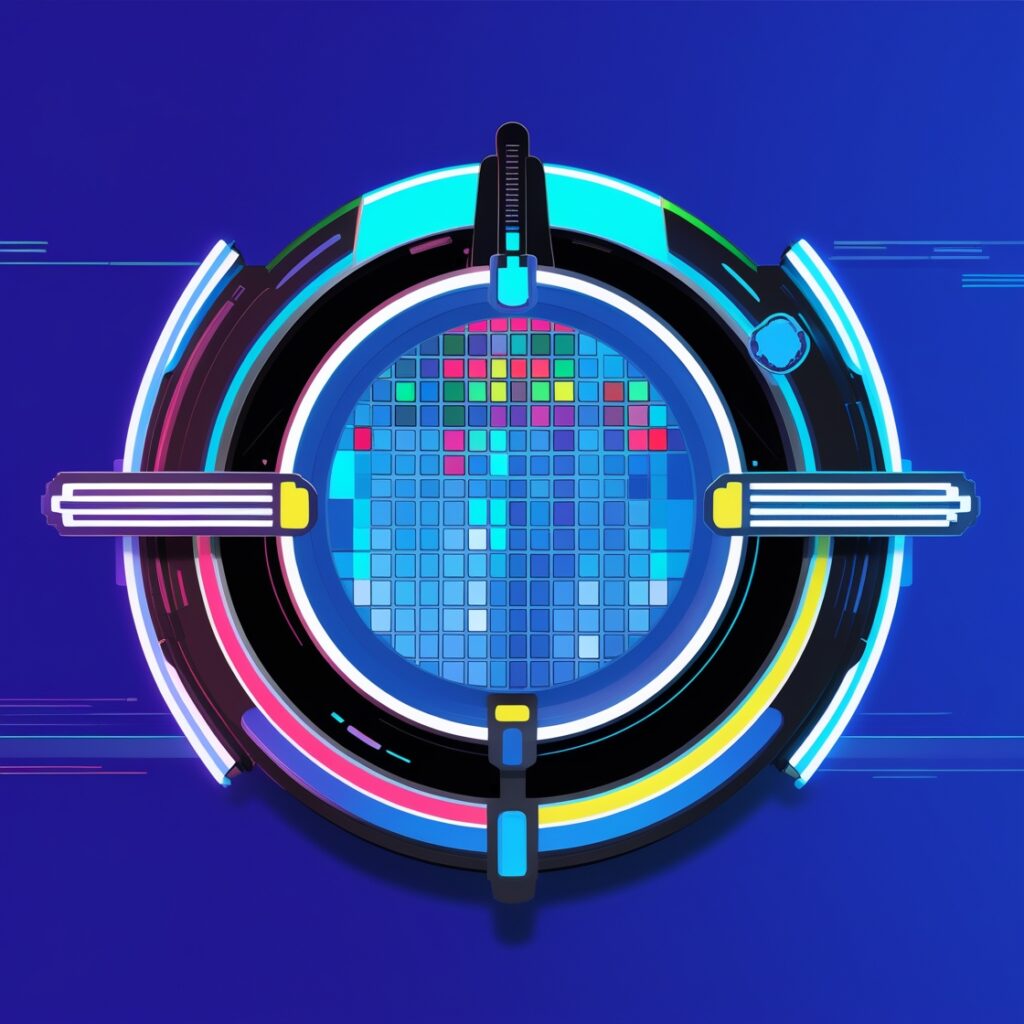
How Pixel Circles Take Shape on a Grid
Creating a round form on a digital display made of rectangular pixels is both a visible and mathematical assignment. Unlike smooth, scalable curves in vector snap shots, pixel circles rely on plotting square devices in a manner that visually mimics a round shape. This process is deeply rooted in coordinate geometry, wherein every pixel is strategically positioned based on its distance from a defined middle factor.
Since screens show a grid of fixed-position square pixels, designers can’t draw a real curve. Instead, they use precisely calculated pixel arrangements that supply the illusion of curvature. The goal is to make the pixel sample appear as near an ideal circle as feasible—accomplishing smoothness and symmetry regardless of the inherent blockiness of the grid.
Key Algorithms Behind Pixel Circle Generation
To streamline the advent of pixel circles and improve visual accuracy, developers use specialised algorithms. These strategies are important in fields like computer portraits, UI design, and recreation improvement—particularly in environments in which rendering performance and precision are critical.
1. Midpoint Circle Algorithm
This broadly used algorithm simplifies the circle-drawing procedure by way of capitalizing on symmetry. Rather than calculating the whole circle, it computes most effective one-8th (an octant) and mirrors the ones factors across the ultimate segments. This considerably reduces computational work while maintaining accuracy. It’s best for structures with restrained processing energy or for actual-time rendering obligations in which velocity is critical.
2. Bresenham’s Circle Algorithm
Derived from the famous Bresenham’s Line Algorithm, this method is thought for its efficiency and ease. It makes use of only integer calculations, averting complex floating-point math. This makes it specifically beneficial for devices with limited assets—including embedded structures or cellular packages—where overall performance and memory utilization are principal concerns. Bresenham’s method selects pixels closest to the true circle’s route, ensuring a easy and visually balanced form.
3. Trigonometric Plotting Method
This method employs trigonometric features like sine and cosine to calculate circle coordinates at constant angular intervals. It provides excessive visible precision and is frequently utilized in vector-based totally photographs or superior graphical applications wherein picture first-rate takes precedence. However, because it calls for greater processing power and floating-point operations, it’s less common in environments centered on pixel-stage rendering or performance optimization.
Practical Applications of Pixel Circles in Modern Digital Design
Pixel circles are extra than just a geometric curiosity—they’re a middle layout element used across many virtual industries. From video video games to schooling, and from visual art to user interfaces, those circular systems serve each aesthetic and practical purposes. Their use maintains to develop alongside the demand for precision and user-pleasant design. Below are some of the most tremendous areas in which pixel circles are used to create powerful and visually balanced virtual experiences.
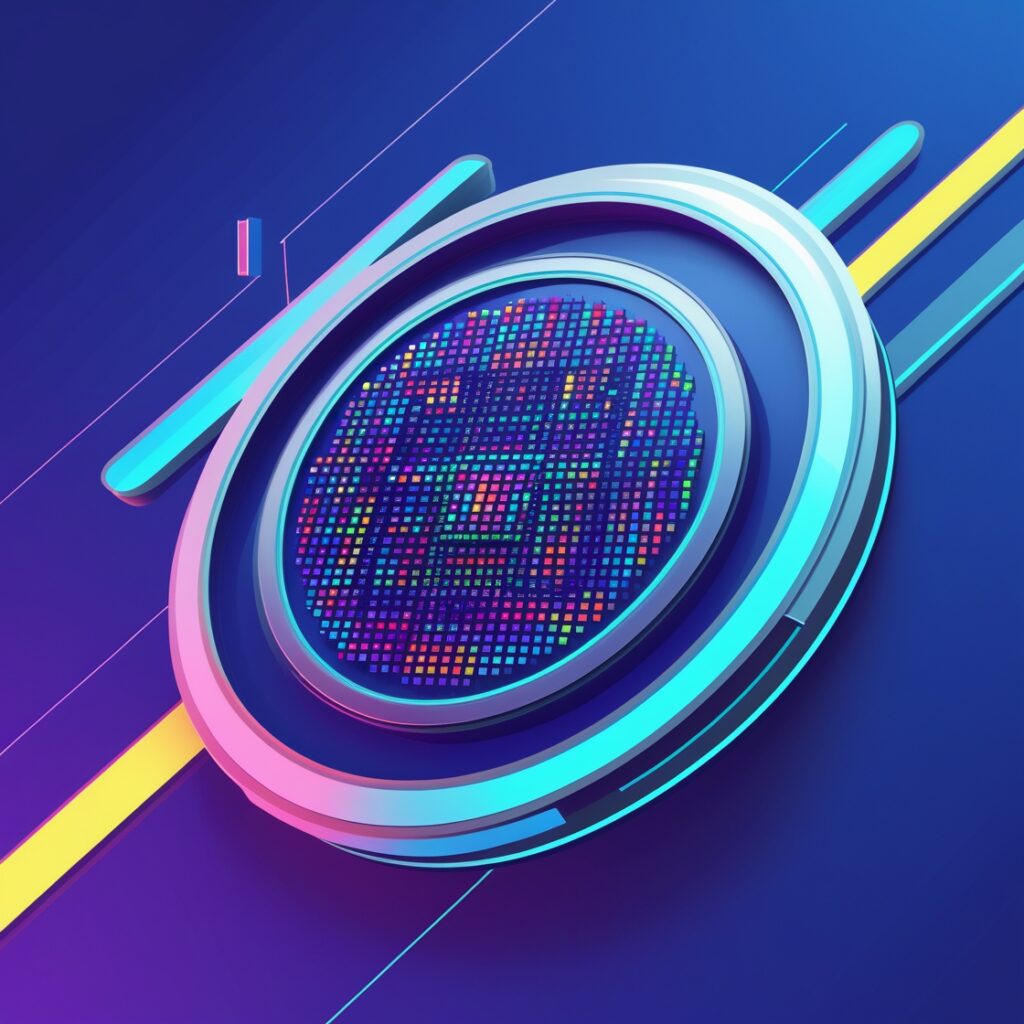
1. Game Development: Blending Visual Appeal with Gameplay Mechanics
In the world of recreation improvement—in particular within 2D and pixel-based totally genres—pixel circles play a critical role in each visual storytelling and game capability.
Character and Asset Design: Round visual factors along with eyes, magical effects, health orbs, and consumer interface (UI) buttons are frequently built using pixel-ideal circles to keep symmetry and clarity.
Collision Detection: For more fluid movement and interaction, circles are preferred over square hitboxes, particularly in top-down RPGs, platformers, and aspect-scrollers.
HUD Elements: Game interfaces often use round health bars, stamina earrings, and radar presentations. Pixel circles make those factors simpler to interpret and greater visually constant throughout various display screen sizes.
2. Minecraft and Voxel-Based Building Games
In voxel-based totally environments like Minecraft, wherein the entirety is crafted from square blocks, developing some thing rounded or curved is a vast layout assignment.
Structural Design: Builders use pixel circle templates to assemble domes, arches, and circular towers, enhancing architectural realism within a blocky world.
Creative Landscaping: Rounded shapes are key in designing arenas, gardens, and ornamental functions that cut up the monotony of squares and cubes.
Custom Tools: Many Minecraft players rely upon pixel circle mills, which allow them to enter dimensions and receive unique blueprints for curved builds—simplifying complicated creation inside a rigid grid gadget.
See Also : Understanding Connections Hints Mashable
3. Education: Visual Learning in Math and Programming
Pixel circles also are being embraced as instructional gear, specially in STEM schooling, where visual studying performs a critical function.
Teaching Geometry: Plotting circles on a pixel grid helps students recognize concepts like radius, symmetry, and middle factors in a palms-on manner.
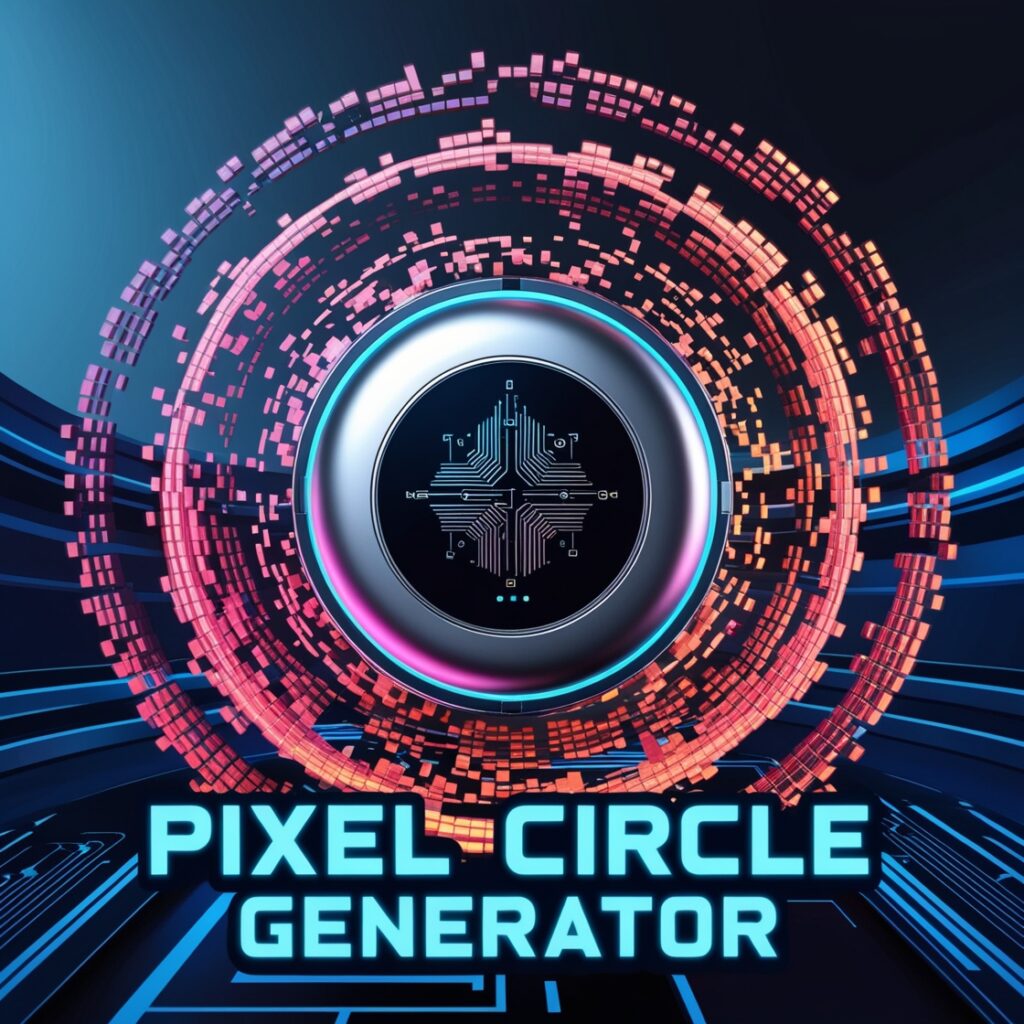
Algorithm Practice: Coding lessons regularly consist of tasks in which students write easy programs to draw pixel circles. This strengthens sound programming judgment and promotes critical thinking.
Interactive Learning: Integrating digital design with school room subjects lets in learners to visualise abstract mathematical ideas, making classes more attractive and accessible.
4. Pixel Art and Frame-via-Frame Animation
In pixel art, circles are greater than only a shape—they’re a visual foundation used to carry characters and scenes to life.
Character Features: Round paperwork are important for designing eyes, heads, helmets, and shields, including range and expression to pixelated figures.
Decorative Elements: Pixel circles are utilized in creating styles, background factors, and scene info, imparting assessment in an otherwise square-dominant surroundings.
Motion and Animation: In body-with the aid of-body animations, circles manual constant motion for rolling objects, rotating factors, or eye monitoring—ensuring smooth transitions and plausible motion.
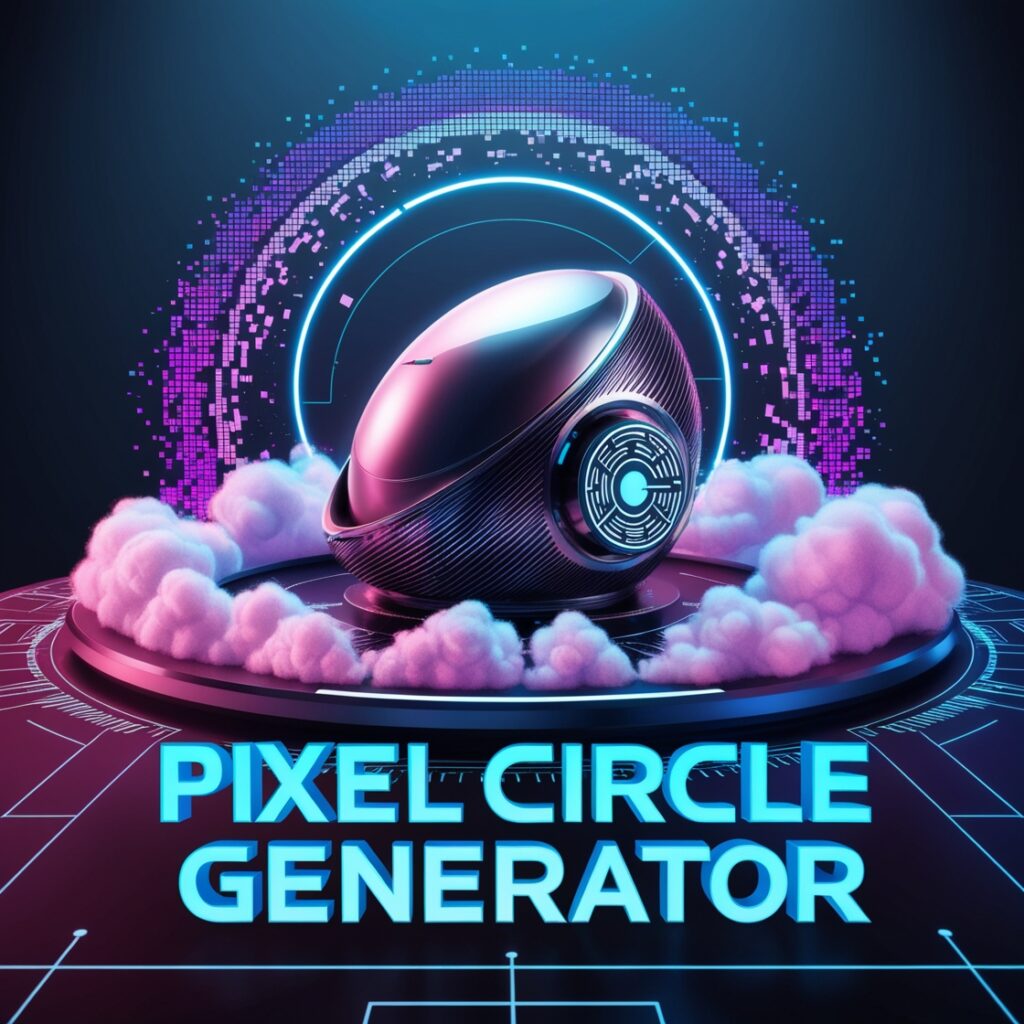
Multiple Choice Questions (MCQs)
1. Why is creating a perfect circle in a pixel-based environment challenging?
A. Pixels are circular by default
B. Screens don’t support curved images
C. Pixels are square-shaped, making smooth curves hard to replicate
D. Modern design tools don’t support circular shapes
✔️ Correct Answer: C
2. What technique is primarily used to position pixels when forming a circle on a grid?
A. Random pixel placement
B. Tracing with a stylus
C. Coordinate geometry
D. Color matching
✔️ Correct Answer: C
3. Which of the following best describes the role of pixel circles in game development?
A. They replace all in-game objects
B. They are used only in 3D games
C. They improve gameplay features that are functional and visually appealing.
D. They slow down rendering
✔️ Correct Answer: C
4. What is a key benefit of the Midpoint Circle Algorithm?
A. It avoids using any math
B. It calculates only one-eighth of the circle and mirrors it
C. It uses vector-based graphics
D. It works only with floating-point numbers
✔️ Correct Answer: B
5. Which algorithm avoids floating-point calculations for performance reasons?
A. Midpoint Circle Algorithm
B. Vector Scan Method
C. Bresenham’s Circle Algorithm
D. Trigonometric Plotting
✔️ Correct Answer: C
6. In voxel-based games like Minecraft, why are pixel circle templates commonly used?
A. To create square structures faster
B. To optimize CPU usage
C. To help build curved shapes like domes and towers
D. To limit creative options
✔️ Correct Answer: C
7. How do pixel circles support educational learning in STEM fields?
A. They replace traditional textbooks
B. They enable the visual comprehension of programming and geometric ideas.
C. They focus only on coloring activities
D. They teach grammar and literature
✔️ Correct Answer: B
8. Which application is least associated with pixel circle usage?
A. Character detailing in pixel art
B. Designing curved highways in civil engineering software
C. Creating HUD elements in games
D. Teaching coordinate geometry
✔️ Correct Answer: B
9. Why is the Trigonometric Plotting Method less common in pixel-level rendering?
A. It is too outdated
B. It does not support vector graphics
C. It requires more processing power and floating-point operations
D. It uses fewer angles
✔️ Correct Answer: C
10. What makes pixel circles a valuable component in UI/UX design?
A. They are hard to draw
B. They create complex user interfaces
C. They improve interaction clarity and maintain design harmony
D. They remove the need for coding
✔️ Correct Answer: C
Summary of the Article: Pixel Circle Generator
The intricacy and significance of producing pixel-perfect circles in virtual design are examined in this essay. Unlike vector photos that use mathematical curves, pixel circles rely on carefully plotted rectangular pixels to imitate roundness, which poses visual and mathematical demanding situations.
It strains the historical evolution of pixel circles from the early days of computing—while low-resolution, monochrome shows required guide plotting—to the boom of pixel art inside the Eighties gaming generation. Circles were essential to gameplay, usefulness, and design. The resurgence of pixel art in the 2010s, supported by open-source and web-based tools, made the pixel circle era more accessible to educators, developers, and designers.
Read More About Tools At Cento magzine

